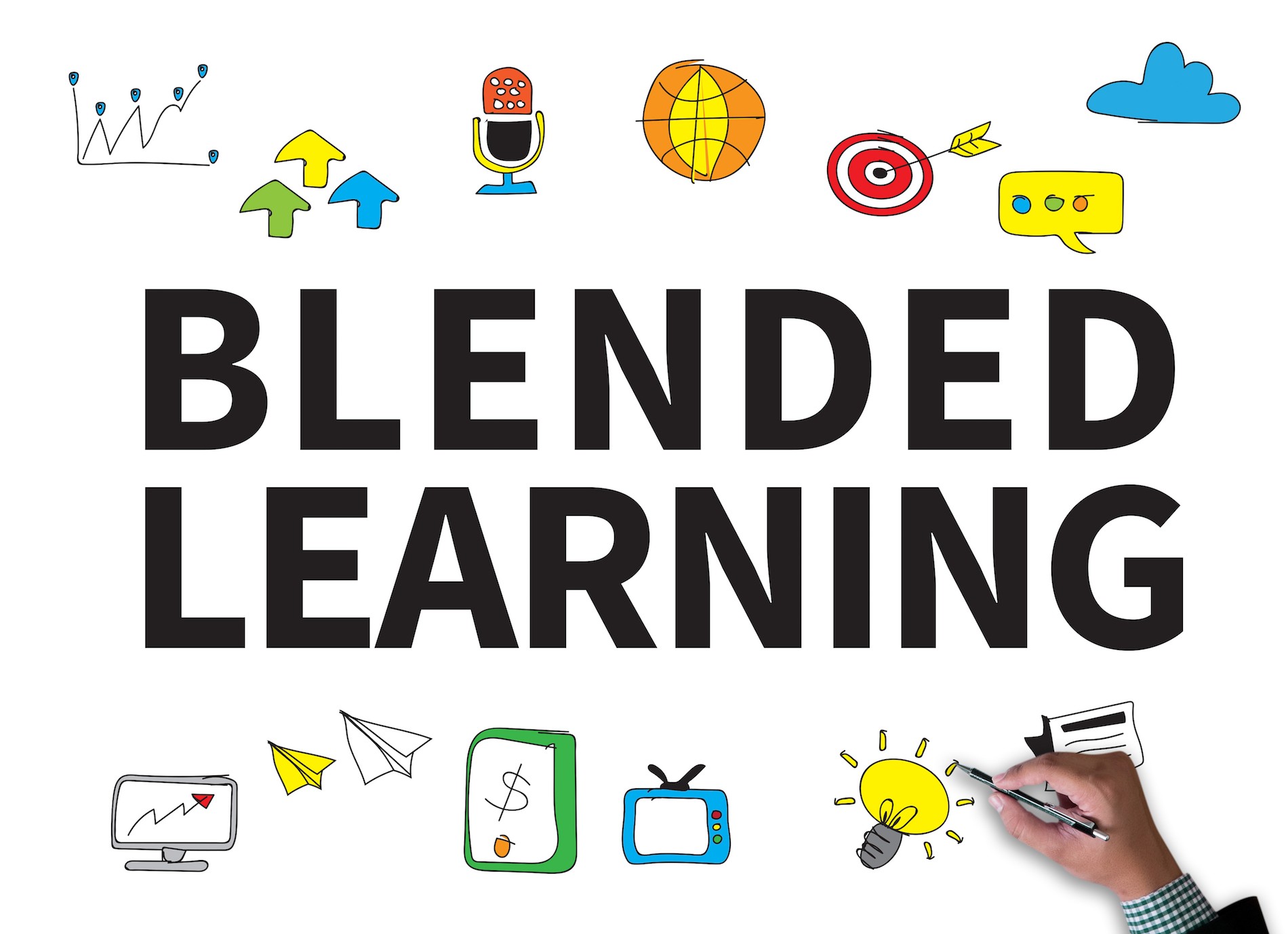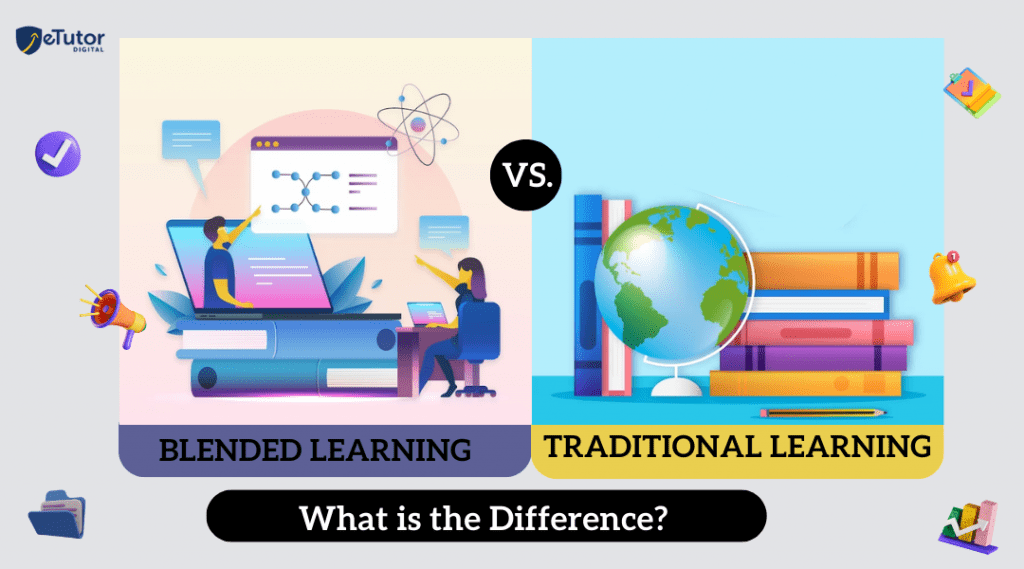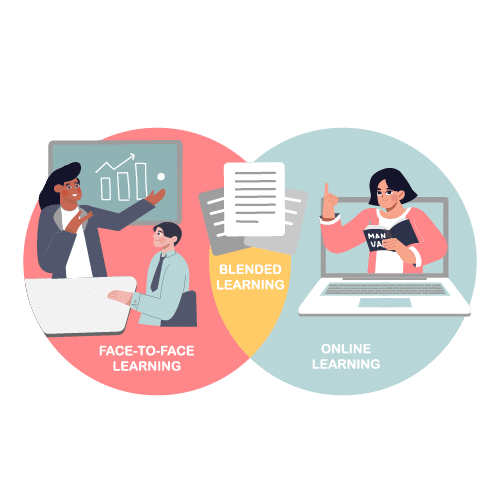Date:22/6/2024Created: Clanisha Miller
Biography
Hello there, my name is Clanisha Miller RN, BSN, Master's Student. I currently reside in Nassau, Bahamas. A country, known for its tropical climate, crystal water beaches, and cool breeze. I enjoy listening to and creating music, videography, and graphic design.
Technology and it's integration into daily living is very astounding. Let's take a moment to glance at the past and gaze at the present permanence of technology. In times past computers took up an entire room. Now we can simply walk around with it. Technology advances in ways most don't understand but rather embrace. I remember, playing the iconic snake game on my mother's Nokia cellphone as a child to playing the first version of the PlayStation gaming console. I remember televisions being more cube-shaped, now they are thinner and 'smarter' with each new model.
My current experience with technology has sparked through my enrollment in an online course. I had the opportunity to use Zoom for class sessions and utilize myelearning for course material and assignment submissions. Now, I'm creating my first blog to share educational content on modes of delivery. Oh, what a journey this will be!
Similarities: Face-to-face, Online and Blended
- Contain learning objectives and educational goals
- Contain assessments such as: quiz, test, assignments
- Encourages interaction
- Governed by an educational institution
- Contain learning objectives and educational goals
- Contain assessments such as: quiz, test, assignments
- Encourages interaction
- Governed by an educational institution
Differences: Face-to-face, Online and Blended
- The setting for teaching and learning varies classroom, online forum, and a mixture of both.
- Flexibility ranges from strong to weak among the different modes.
- Level of student and teacher interaction varies from strong to weak.
- Some modes offer faster feedback and delivery than others.

Strength & Weakness: Face-to-face, Online and Blended

Face- to-face learning
Strengths
- Learning takes place in a physical classroom
- Direct and faster feedback
- Fosters interaction; teacher-to-student and peer interactions
- Provides sensitivity to academic dishonesty
Weaknesses
- Lacks Flexibility of schedule
- Requires physical learning resources. Ie, hardcopy textbooks
- Enrollment becomes restricted to the proximity of learner and institution
Online learning
Strengths
- Maximizes flexibility of class schedule
- Integrates technology into the course
Weaknesses
- Technological issues: software error or malfunction, lack of internet, power outage
- Difficult usage for those that are not 'Tech savvy'
- Relies on digital forms of resources
- Social isolation

Blended learning
Strengths
- Provides some level of flexibility
- Promote resilience through dual modes
- Integrates technology
- Foster interaction
- Promotes fast feedback
Weaknesses
- Technological issues: software error or malfunction, lack of internet, power outage
- Can cause confusion when switching between two modes
- Enrollment becomes restricted to the proximity of learner and institution





Hey Clanisha, thank you for sharing such wonderful memories and experiences. It brought back childhood memories as I also enjoyed playing on my PlayStation One console. I love your blog; the information and pictures are easy to read and follow through, and overall captivating. Great job. I look forward to your next post.
ReplyDeleteHi Clanisha, thank you for such an interesting blog well laid out. your picture looked very professional. I am also integrated into technology based on my enrollment into this University. I agree with your content posted on the three modes of learning. I also believe no one mode is better but its based on the student need and circumstances at the time of embarking on a course of study. Thumbs up on your first blog and I look forward to your upcoming posts.
ReplyDeleteHello Clanisha. I really enjoyed visiting your blog page. Very eye-catching. Thank you for sharing this information. I agree, that the best mode really depends on the individual's preference. Keep up the great work. I look forward to seeing more from you soon.
ReplyDeleteHi Clanisha you made an excellent point about the importance of considering individual preferences when determining the best mode of learning. Factors such as age, lifestyle, and personal circumstances can greatly influence which mode of learning is most suitable for someone.
ReplyDeleteHi Clanisha! I really enjoyed your post! Very engaging! I was apart of the era when computers took up an entire room and now we can simply walk around with it. Times have really changed! Thanks for taking me back to those times because this era is ALL about TECHNOLOGY. Looking forward to your new post!
ReplyDelete